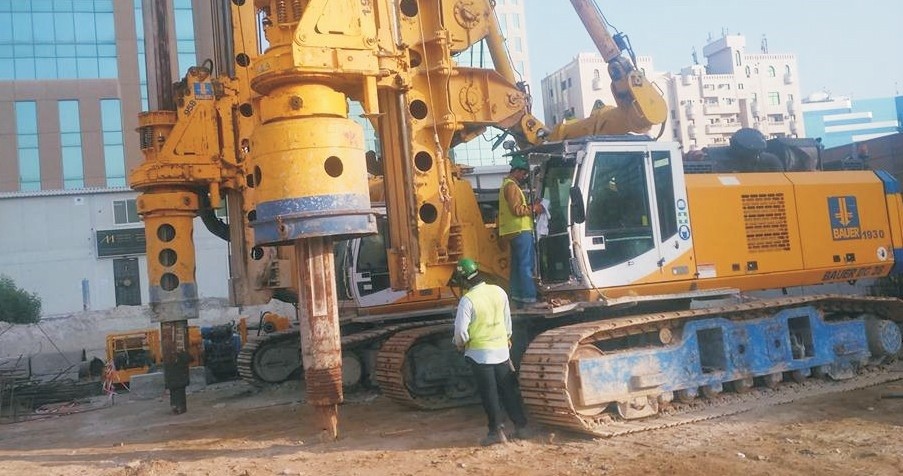Beneath our feet lies a world of complexity that often goes unnoticed—the realm of geotechnical engineering. This branch of civil engineering delves into the properties and behaviors of soil, rocks, and other materials that support the infrastructures we rely upon. Unveiling the secrets hidden beneath the surface, geotechnical engineers ensure the stability and safety of structures, playing a pivotal role in construction projects and environmental conservation.
Geotechnical engineering is all about understanding the ground on which we build. Soil composition, density, permeability, and load-bearing capacity are just a few factors that engineers analyze. By investigating these properties, they can predict how a structure will interact with the earth, preventing potential disasters such as building collapses or landslides.
One of the remarkable aspects of geotechnical engineering company is its wide scope. From skyscrapers to bridges, dams to roadways, every project must account for the unique geological conditions of its location. Engineers use sophisticated tools like geophysical surveys, soil sampling, and laboratory tests to gather data. This information guides their decisions, allowing them to design foundations that can withstand earthquakes, support heavy loads, and resist soil erosion.
Environmental protection is another facet of geotechnical engineering. By studying soil behavior, engineers contribute to preventing soil contamination and ensuring the safe disposal of waste materials. They also play a vital role in the restoration of degraded landscapes, employing innovative techniques to stabilize slopes and rejuvenate soil fertility.
In recent years, advancements in technology have propelled geotechnical engineering to new heights. Computer simulations and modeling enable engineers to visualize how different soil and material scenarios will unfold over time. This predictive capability is invaluable for making informed choices and optimizing construction processes.
However, challenges persist. Climate change introduces uncertainties in predicting soil behavior as rainfall patterns shift and temperatures rise. Engineers must adapt their approaches to accommodate these changes and design resilient structures that can weather the environmental storm.
In conclusion, geotechnical engineering is a silent hero of the construction world, working diligently beneath the surface to ensure the stability, safety, and sustainability of our built environment. By unraveling the mysteries hidden in the earth, these engineers enable the creation of monumental structures and contribute to environmental preservation. As technology and our understanding of the earth’s intricacies evolve, geotechnical engineering will continue to play a crucial role in shaping the world above ground and below.



